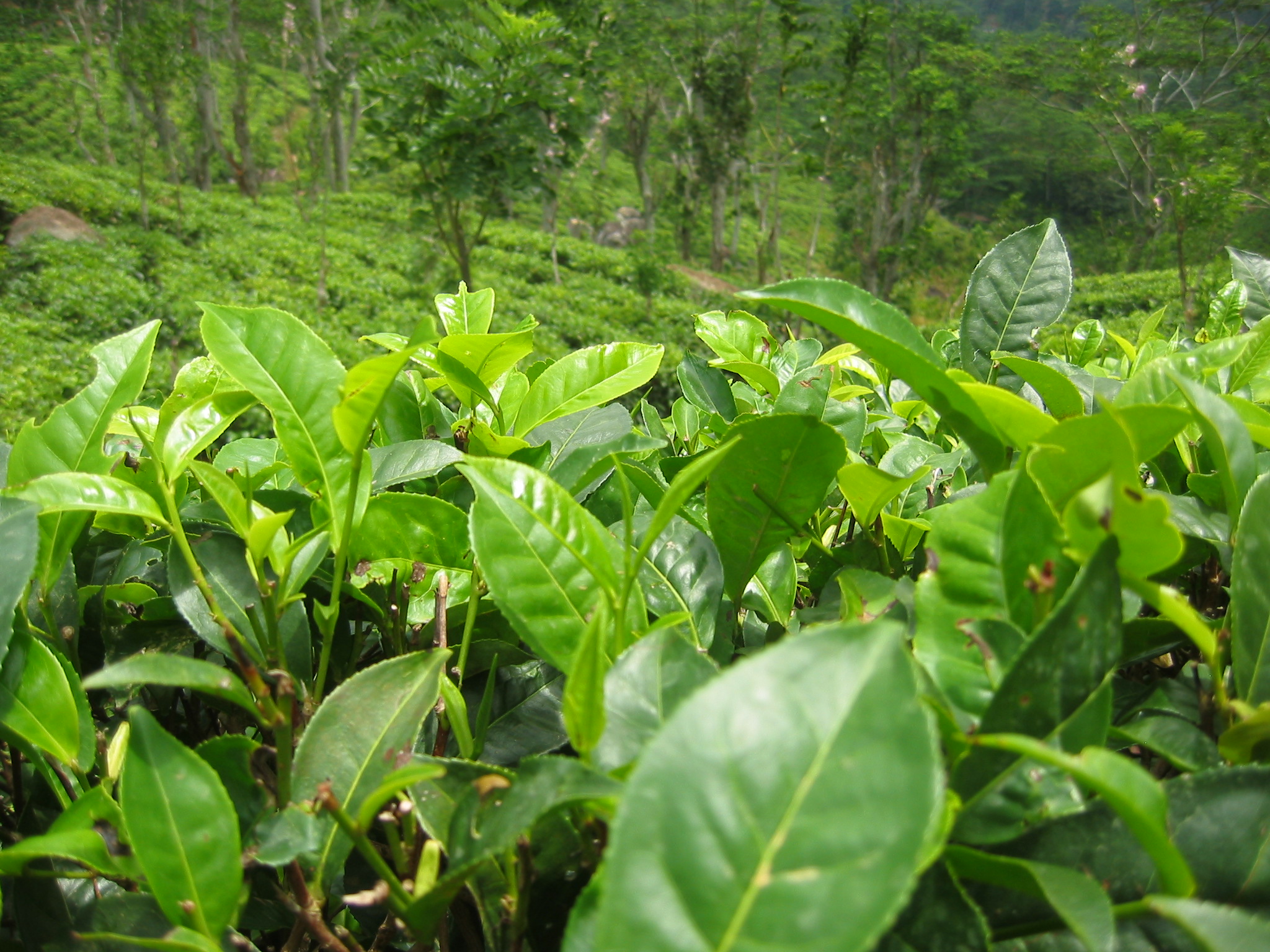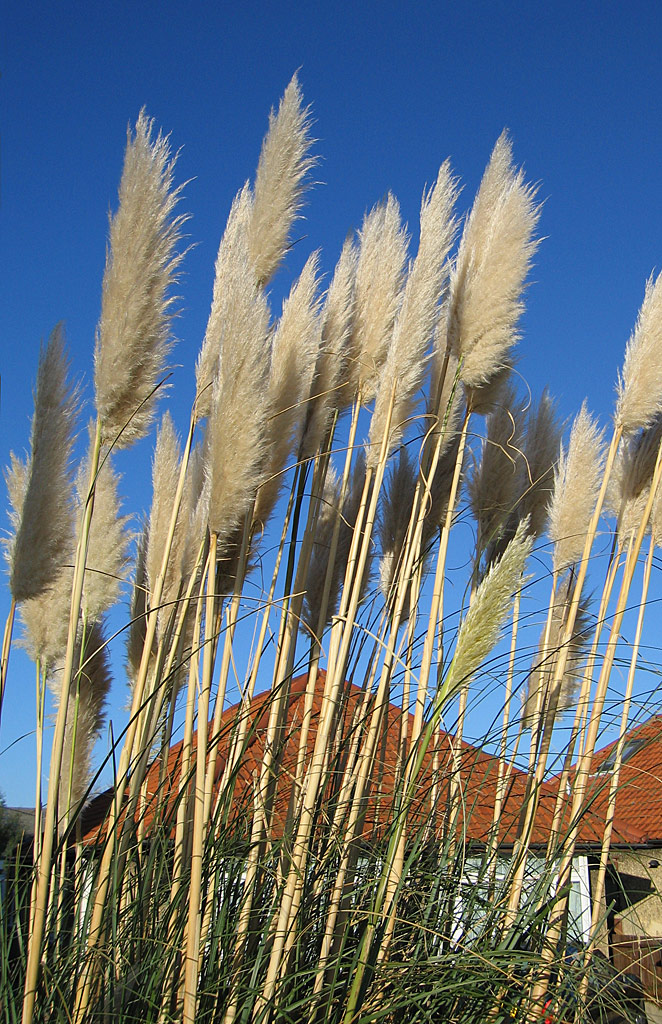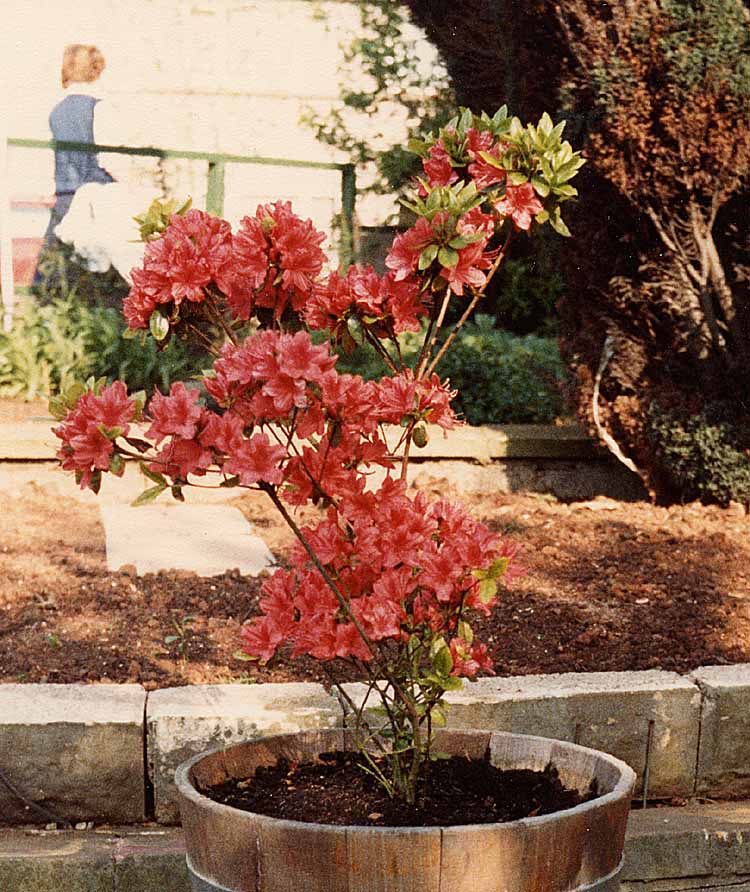|
2007 Masters Tournament
The 2007 Masters Tournament was the 71st Masters Tournament, held April 5–8 at Augusta National Golf Club in Augusta, Georgia. Zach Johnson won his first major championship, two strokes ahead of runners-up Retief Goosen, Rory Sabbatini, and Tiger Woods. Cool temperatures and gusty winds on the weekend resulted in high scores for the field; Johnson's 289 (+1) tied for the highest winning score ever. Johnson's victory dispelled the notion that only long-hitters could win the Masters. He did not reach a single par five hole in two during the entire tournament, yet played the par fives better than anyone in the field with 11 birdies and no bogeys. This was the final Masters appearance for two-time champion Seve Ballesteros. Course Field The Masters has the smallest field of the four major championships; only 97 players were invited to compete in the 2007 tournament. Officially, the Masters remains an invitational event, despite its qualification process. In theory, the club cou ... [...More Info...] [...Related Items...] OR: [Wikipedia] [Google] [Baidu] |
Augusta, Georgia
Augusta ( ), officially Augusta–Richmond County, is a consolidated city-county on the central eastern border of the U.S. state of Georgia (U.S. state), Georgia. The city lies across the Savannah River from South Carolina at the head of its navigable portion. Georgia's Georgia (U.S. state)#Major cities (2017), third-largest city after Atlanta and Columbus, Georgia, Columbus, Augusta is located in the Fall Line section of the state. According to the U.S. Census Bureau, Augusta–Richmond County had a 2020 population of 202,081, not counting the unconsolidated cities of Blythe, Georgia, Blythe and Hephzibah, Georgia, Hephzibah. It is the List of United States cities by population, 116th largest city in the United States. The process of consolidation between the City of Augusta and Richmond County, Georgia, Richmond County began with a 1995 referendum in the two jurisdictions. The merger was completed on July 1, 1996. Augusta is the principal city of the Augusta metropolitan area. In ... [...More Info...] [...Related Items...] OR: [Wikipedia] [Google] [Baidu] |
Camellia
''Camellia'' (pronounced or ) is a genus of flowering plants in the family Theaceae. They are found in eastern and southern Asia, from the Himalayas east to Japan and Indonesia. There are more than 220 described species, with some controversy over the exact number, and also around 3,000 hybrids. The genus was named by Linnaeus after the Jesuit botanist Georg Joseph Kamel, who worked in the Philippines and described a species of camellia (although Linnaeus did not refer to Kamel's account when discussing the genus). Of economic importance in East Asia, Southeast Asia, and the Indian subcontinent, leaves of '' C. sinensis'' are processed to create the popular beverage tea. The ornamental '' C. japonica'', '' C. sasanqua'' and their hybrids are the source of hundreds of garden cultivars. '' C. oleifera'' produces tea seed oil, used in cooking and cosmetics. Descriptions Camellias are evergreen shrubs or small trees up to tall. Their leaves are alternately arranged, simple, t ... [...More Info...] [...Related Items...] OR: [Wikipedia] [Google] [Baidu] |
Yellow Jessamine
''Gelsemium sempervirens'' is a twining vine in the family Gelsemiaceae, native to subtropical and tropical America: Honduras, Guatemala, Belize, Mexico (Chiapas, Oaxaca, Veracruz, Puebla, Hidalgo),Ornduff, R. 1970. The systematics and breeding system of ''Gelsemium'' (Loganiceae). Journal of the Arnold Arboretum 51(1): 1–17 includes description, drawings, distribution map, etc. and southeastern and south-central United States (from Texas to Virginia). It has a number of common names including yellow jessamine or jasmine, Carolina jasmine or jessamine, evening trumpetflower, gelsemium and woodbine. [...More Info...] [...Related Items...] OR: [Wikipedia] [Google] [Baidu] |
Eastern Redbud
''Cercis canadensis'', the eastern redbud, is a large deciduous shrub or small tree, native to eastern North America from southern Michigan south to central Mexico, east to New Jersey. Species thrive as far west as California and as far north as southern Ontario, roughly corresponding to USDA hardiness zone 6b. It is the state tree of Oklahoma. Description The eastern redbud typically grows to tall with an spread. It generally has a short, often twisted trunk and spreading branches. A 10-year-old tree will generally be around tall. The bark is dark in color, smooth, later scaly with ridges somewhat apparent, sometimes with maroon patches. The twigs are slender and zigzag, nearly black in color, spotted with lighter lenticels. The winter buds are tiny, rounded and dark red to chestnut in color. The leaves are alternate, simple, and heart shaped with an entire margin, long and wide, thin and papery, and may be slightly hairy below. The flowers are showy, light to dark magenta p ... [...More Info...] [...Related Items...] OR: [Wikipedia] [Google] [Baidu] |
Cortaderia Selloana
''Cortaderia selloana'' is a species of flowering plant in the Poaceae family. It is referred to by the common name pampas grass, and is native to southern South America, including the Pampas region after which it is named. Etymology ''Cortaderia'' is derived from the Argentine Spanish name ‘cortadera’, meaning ‘cutter’, in reference to its razor sharp leaf margins.Gledhill, David (2008). "The Names of Plants". Cambridge University Press. (hardback), (paperback). pp 122, 348 ''Selloana'' is named for Friedrich Sellow (1789-1831), a German botanist and naturalist from Potsdam who worked as a plant collector in Brazil. He studied the flora of South America, especially that of Brazil. The specific epithet ''selloana'' was given by Josef August and Julius Hermann Schultes in 1827. Cultivars Several cultivars are available, of which the following have gained the Royal Horticultural Society's Award of Garden Merit:-. *Aureolineata *Evita *Monstrosa *Patagonia * ... [...More Info...] [...Related Items...] OR: [Wikipedia] [Google] [Baidu] |
Pyracantha
''Pyracantha'' (from Greek "fire" and "thorn", hence firethorn) is a genus of large, thorny evergreen shrubs in the family Rosaceae, with common names firethorn or pyracantha. They are native to an area extending from Southwest Europe east to Southeast Asia. They resemble and are related to ''Cotoneaster ''Cotoneaster'' is a genus of flowering plants in the rose family, Rosaceae, native to the Palaearctic region (temperate Asia, Europe, north Africa), with a strong concentration of diversity in the genus in the mountains of southwestern China an ...'', but have serration, serrated leaf margins and numerous spine (botany), thorns (''Cotoneaster'' is thornless). Description The plants reach up to tall. Leaves are small and oval. The seven species have small white flowers which are 5-merous and many stamened. Fruit are either red, orange, or yellow pomes. The flowers are produced during late spring and early summer; the fruit develops in late summer, and matures in late a ... [...More Info...] [...Related Items...] OR: [Wikipedia] [Google] [Baidu] |
Eastern Juniper
''Juniperus virginiana'', also known as red cedar, eastern red cedar, Virginian juniper, eastern juniper, red juniper, and other local names, is a species of juniper native to eastern North America from southeastern Canada to the Gulf of Mexico and east of the Great Plains. Further west it is replaced by the related ''Juniperus scopulorum'' (Rocky Mountain juniper) and to the southwest by ''Juniperus ashei'' (Ashe juniper).Farjon, A. (2005). ''Monograph of Cupressaceae and Sciadopitys''. Royal Botanic Gardens, Kew. Adams, R. P. (2004). ''Junipers of the World''. Trafford. Description ''Juniperus virginiana'' is a dense slow-growing coniferous evergreen tree that may never become more than a bush on poor soil, but is ordinarily from tall, with a short trunk in diameter, rarely to in height and in diameter. The oldest tree reported, from West Virginia, was 940 years old. The bark is reddish-brown, fibrous, and peels off in narrow strips. The leaves are of two types; sharp, ... [...More Info...] [...Related Items...] OR: [Wikipedia] [Google] [Baidu] |
Cunninghamia
''Cunninghamia'' is a genus of one or two living species of evergreen coniferous trees in the cypress family Cupressaceae. They are native to China, northern Vietnam and Laos, and perhaps also Cambodia. They may reach in height. In vernacular use, it is most often known as ''Cunninghamia'', but is also sometimes called "China-fir" (though it is not a fir). The genus name ''Cunninghamia'' honours Dr. James Cunningham, a British doctor who introduced this species into cultivation in 1702 and botanist Allan Cunningham. A female cone Cluster of male cones Description The general shape of the tree is conical with tiered, horizontal branches that are often somewhat pendulous toward the tips. ''Cunninghamia'' bears softly spined, leathery, stiff, green to blue-green needle-like leaves that spiral around the stem with an upward arch; they are 2–7 cm long and 3–5 mm broad at the base, and bear two white or greenish-white stomatal bands underneath and sometimes al ... [...More Info...] [...Related Items...] OR: [Wikipedia] [Google] [Baidu] |
Southern Magnolia
''Magnolia grandiflora'', commonly known as the southern magnolia or bull bay, is a tree of the family Magnoliaceae native to the Southeastern United States, from Virginia to central Florida, and west to East Texas. Reaching in height, it is a large, striking evergreen tree, with large, dark-green leaves up to long and wide, and large, white, fragrant flowers up to in diameter. Although endemic to the evergreen lowland subtropical forests on the Gulf and South Atlantic coastal plain, ''M. grandiflora'' is widely cultivated in warmer areas around the world. The timber is hard and heavy, and has been used commercially to make furniture, pallets, and veneer. Description ''Magnolia grandiflora'' is a medium to large evergreen tree which may grow tall.Gardiner, p. 144 It typically has a single stem (or trunk) and a pyramidal shape. The leaves are simple and broadly ovate, long and broad, with smooth margins. They are dark green, stiff, and leathery, and often scurfy underneat ... [...More Info...] [...Related Items...] OR: [Wikipedia] [Google] [Baidu] |
Azalea
Azaleas are flowering shrubs in the genus ''Rhododendron'', particularly the former sections ''Tsutsusi'' (evergreen) and '' Pentanthera'' (deciduous). Azaleas bloom in the spring (April and May in the temperate Northern Hemisphere, and October and November in the Southern Hemisphere), their flowers often lasting several weeks. Shade tolerant, they prefer living near or under trees. They are part of the family Ericaceae. Cultivation Plant enthusiasts have selectively bred azaleas for hundreds of years. This human selection has produced over 10,000 different cultivars which are propagated by cuttings. Azalea seeds can also be collected and germinated. Azaleas are generally slow-growing and do best in well-drained acidic soil (4.5–6.0 pH). Fertilizer needs are low. Some species need regular pruning. Azaleas are native to several continents including Asia, Europe and North America. They are planted abundantly as ornamentals in the southeastern US, southern Asia, and parts o ... [...More Info...] [...Related Items...] OR: [Wikipedia] [Google] [Baidu] |
Malus
''Malus'' ( or ) is a genus of about 30–55 species of small deciduous trees or shrubs in the family Rosaceae, including the domesticated orchard apple, crab apples, wild apples, and rainberries. The genus is native to the temperate zone of the Northern Hemisphere. Description Apple trees are typically talI at maturity, with a dense, twiggy crown. The leaves are long, alternate, simple, with a serrated margin. The flowers are borne in corymbs, and have five petals, which may be white, pink, or red, and are perfect, with usually red stamens that produce copious pollen, and a half-inferior ovary; flowering occurs in the spring after 50–80 growing degree days (varying greatly according to subspecies and cultivar). Many apples require cross-pollination between individuals by insects (typically bees, which freely visit the flowers for both nectar and pollen); these are called self-sterile, so self-pollination is impossible, making pollinating insects essential. A number o ... [...More Info...] [...Related Items...] OR: [Wikipedia] [Google] [Baidu] |
Forsythia
''Forsythia'' , is a genus of flowering plants in the olive family Oleaceae. There are about 11 species, mostly native to eastern Asia, but one native to southeastern Europe. ''Forsythia'' – also one of the plant's common names – is named after William Forsyth.Flora of China''Forsythia''/ref>Flora Europaea''Forsythia''/ref>St Andrews Botanic Garden Description ''Forsythia'' are deciduous shrubs typically growing to a height of and, rarely, up to with rough grey-brown bark. The leaves are borne oppositely and are usually simple, though sometimes trifoliate with a basal pair of small leaflets; they range between in length and, rarely, up to , with a margin that is serrated or entire (smooth). Twigs may be hollow or chambered, depending on the species. The flowers are produced in the early spring before the leaves, bright yellow with a deeply four-lobed flower, the petals joined only at the base. These become pendent in rainy weather thus shielding the reproductive ... [...More Info...] [...Related Items...] OR: [Wikipedia] [Google] [Baidu] |




.jpg)




